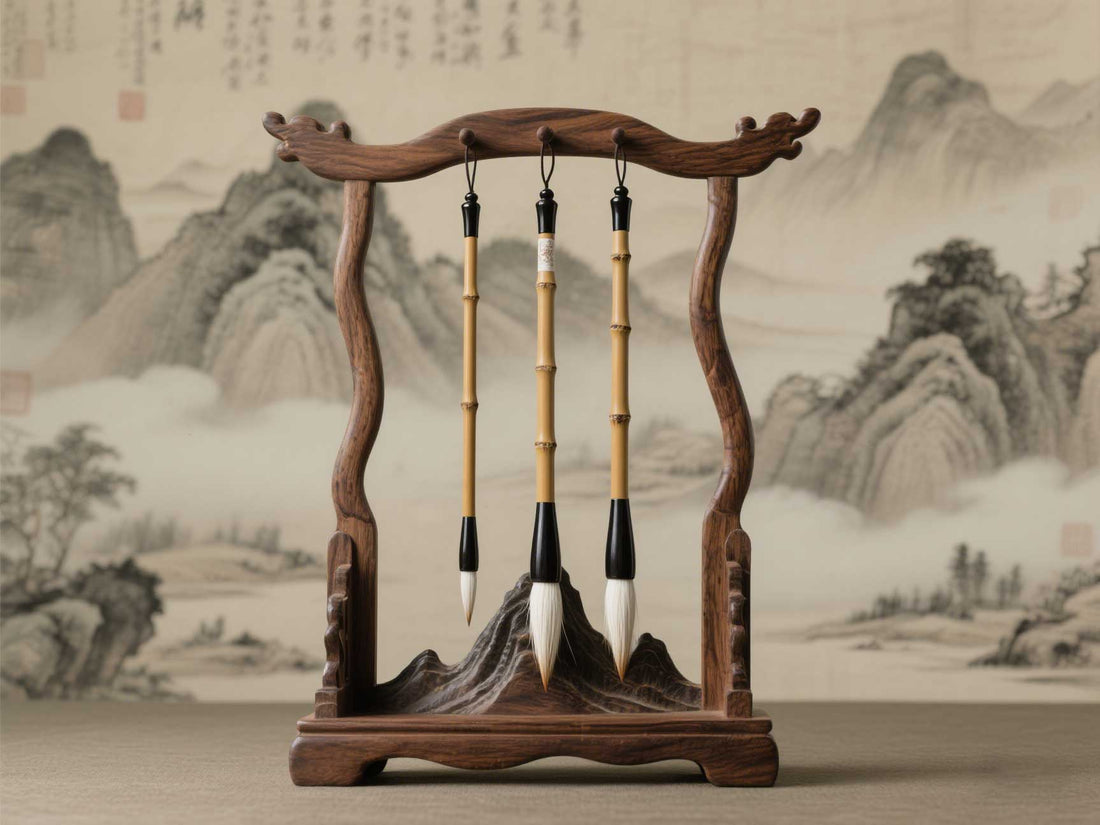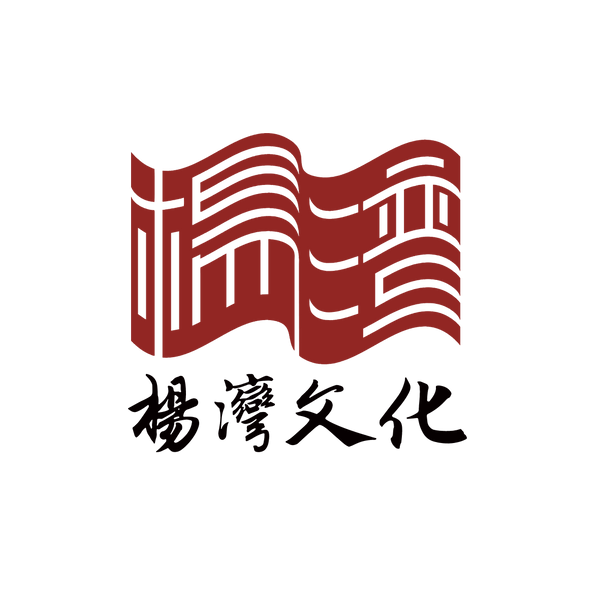
A guide to choosing a pen for different calligraphy practitioners: matching tools with stage needs
Share
Calligraphy practitioners' pen selection strategies need to be adjusted dynamically according to their learning stage, writing font, and personal habits. A handy calligraphy brush should be an extension of your technique rather than a burden to show off your skills. The following are targeted suggestions for pen selection for four typical types of practitioners:
1. Beginners (0-1 years)
Core requirement : Establish basic pen control ability
Material selection : Seven Wolves and Three Sheep Brush, moderate elasticity, balanced ink storage, suitable for basic regular script stroke training
Specifications : Tip 3-3.5cm, diameter 0.8-1cm. If it is too short, the lines will lack expressiveness, and if it is too long, it will be easy to lose control.
Tips to avoid pitfalls : Do not choose pure goat hair (difficult to control the pen) or pure purple hair (short life), and avoid low-priced and low-quality pens
2. Font Specialists (1-3 years)
Core requirements : Adapting to specific script characteristics
Improvement of regular script : wolf hair content> 70% hard mixed hair, sharp tip, like "magnolia core", easy to express Ou style square folds, Yan style muscles and bones
Exploration of running script : long-haired goat hair (with a tip of 5cm+), combined with wrist suspension training, continuous brushwork such as "Shupu" requires a large amount of ink in the pen belly
Study of seal script and official script : use short-pointed pig bristle brush, use the rough texture of bristles to enhance the metal and stone flavor, avoid using nylon chemical fiber imitations
3. Advanced Creators (3-5 years)
Core needs : Break through tool limitations and expand expressiveness
Large-character calligraphy : Customized sheep-hair brush (4cm diameter + bristle mixed), required with inkstone
Small calligraphy : Pure purple hair (1.8-2.2cm), the tip of the pen is like a cone, suitable for the precise strokes of "Lingfei Jing"
Experimental calligraphy : Try special hair materials such as chicken hair and badger hair, and use their soft or hard characteristics to create special textures
Advanced Principles of Pen Selection
Ink volume adaptation: seal script > cursive script > regular script, wolf-hair brush with poor ink storage needs to be dipped frequently Resonance of pen and paper: raw rice paper with goat-hair, cooked rice paper with wolf-hair, semi-raw and cooked rice paper with mixed-hair Life cycle: It is normal for an entry-level pen to lose one pen per month, and pens above 100 yuan should have a durability of >6 months
The essence of calligraphy practice is a process of "dialogue between person and pen". Beginners should choose the "golden mean pen" to lower the learning threshold. Advanced learners need to let the tools become style catalysts. Teachers must also understand the pen-making wisdom of "Wei Dan's Three Wonders". Choosing a pen is like choosing a sword. It does not depend on its value but on whether it matches the mind and hand of the sword holder.
